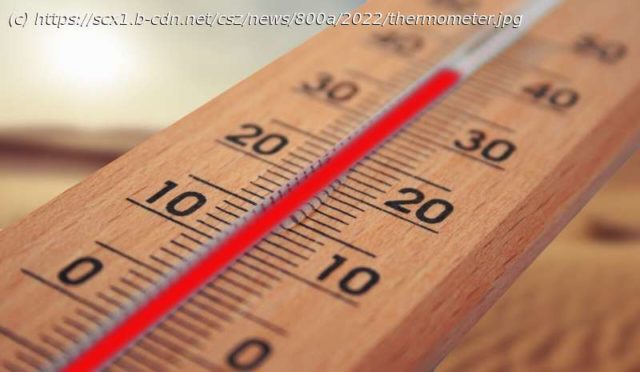The summer of 2023 was the warmest in the non-tropical areas of the northern hemisphere for 2,000 years, a new study has shown.
The summer of 2023 was the warmest in the non-tropical areas of the northern hemisphere for 2,000 years, a new study has shown.
Across this vast area of land, encompassing Europe, Asia and North America, surface air temperatures were more than 2°C higher in June, July and August 2023 than the average summer temperature between AD1 and 1890, as reconstructed from tree ring records.
While climate change is a global phenomenon, warming on a regional scale is often stronger. And it is regional climate change, not the global average temperature, that people experience.
The Paris agreement aims to limit climate change to below 2°C and ideally 1.5°C of warming, but these figures refer to global temperature change, usually averaged over 20 years. The authors of the new research argue that these targets have already been breached at a regional scale in the northern hemisphere summer.
There were 2,295 deaths associated with five heat waves in summer 2023 in the UK. The authors of the new study wanted to understand how unusually warm the summer of 2023 was in the northern hemisphere compared with the past.
To do that, they turned to one of the most useful tools for taking Earth’s temperature over thousands of years: rings that grow annually in tree trunks anywhere on the planet where the climate is seasonal.
The extreme warmth of 2023 was caused by greenhouse gas emissions and amplified by El Niño, the warm phase of a natural climate cycle in the Pacific Ocean.
To find out what the climate was like in the recent past, scientists analyze weather station records to see if a particular year was warmer or cooler than previous ones. The longest instrumental record available is the Central England Temperature series and that only goes back to 1659, which is not long enough to place recent warming in context.
Домой
United States
USA — IT Summer 2023 was northern hemisphere's hottest for 2,000 years, tree rings show






